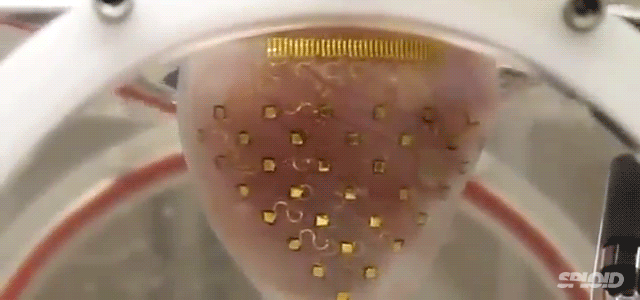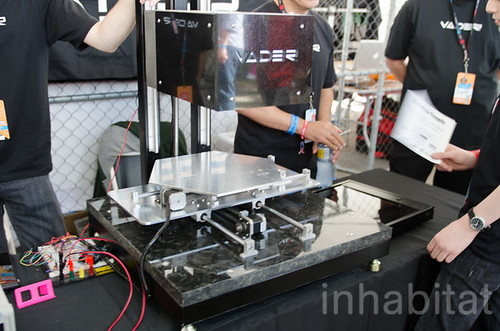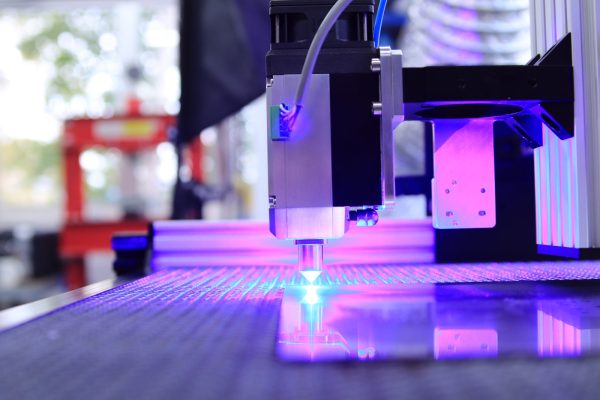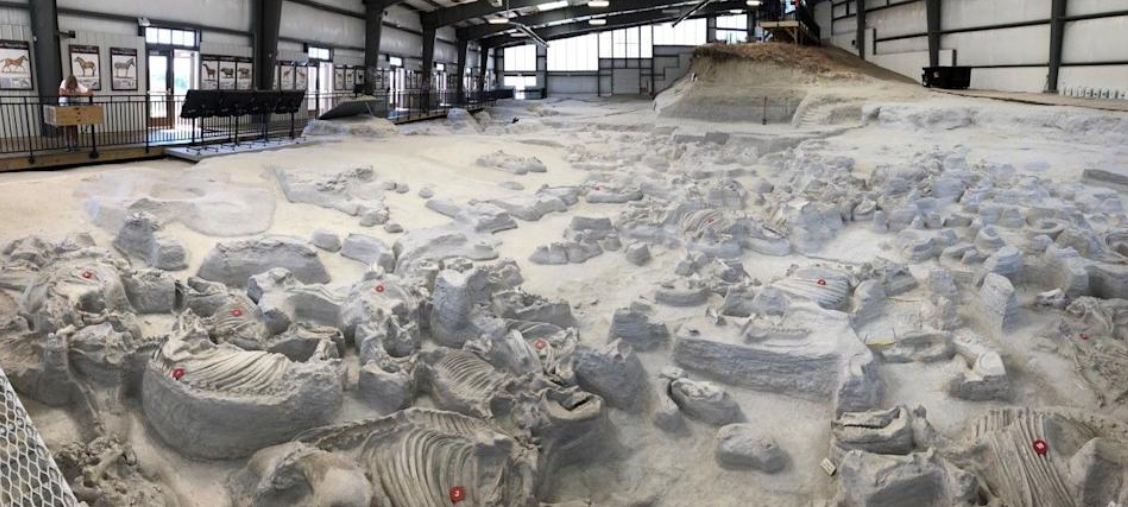
3D printers are used to make 3D objects. 3D printers are similar to printers, but instead of ink cartridges they use spindles of materials like plastic, rubber, or metal. The material on the spindle is heated and put down on a cool mat layer by layer to come up with a final product. 3D printers use a process called additive manufacturing meaning it makes a product layer by layer. 3D printers are used in the military, in the medical field, dentistry, retail, architecture, and for education. Hospitals have developed a special 3D printer that uses biological material to print body parts such as heart valves, ear cartilages, bones, synthetic skin and even a small kidney. They have even used scanned models of animals hearts to create a stretchy material with sensors to wrap around the heart. The sensors would detect heart strain or failure of the arteries. Hospitals could also print prosthetic limbs and casts. 3d Printing prosthetic limbs and casts are cheaper, faster, and easier to make. Hospitals would also be able to 3D print hospital equipment rather than buying them, this could save hospitals thousands of dollars.
This relates to engineering because it’s engineering something by using a 3D printer and using it to help many people. This relates to the world because the 3D printing technology used in many hospitals can be used to help many citizens and the research conducted on 3D printing organs could help many patients awaiting hearts, kidneys, lungs,etc.
https://www.asme.org/engineering-topics/articles/manufacturing-design/top-5-ways-3d-printing-changing-medical-field











